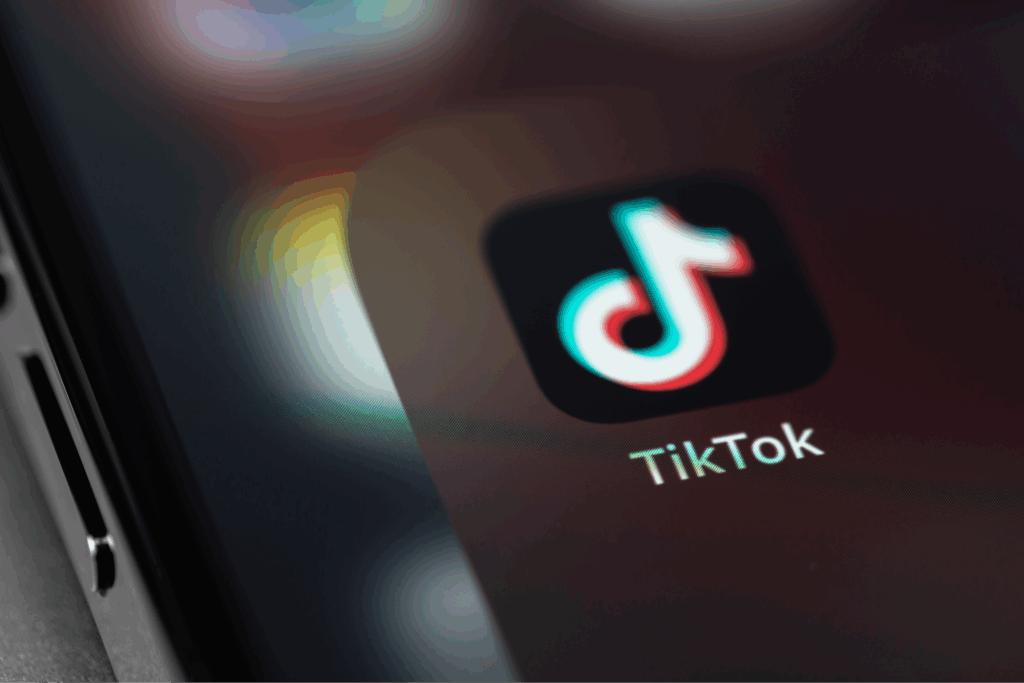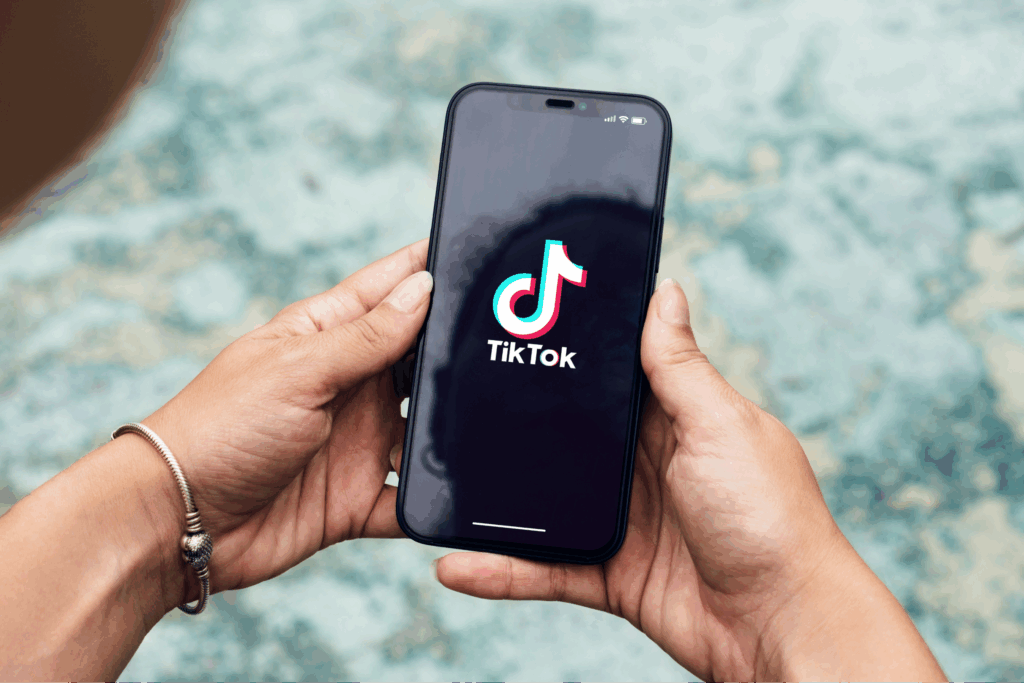Printify + your favorite platform = more sales!
Your audience is already there – scrolling, tapping, buying. If you’re not running TikTok Ads in 2026, you’re giving that traffic to someone else.
This guide is built to help you win fast. We’ll give you a rundown on how the TikTok ad engine works, which formats to use, and how to launch marketing campaigns that actually sell.
Key takeaways
- The TikTok platform is one of the top social media apps with some of the best brand exposure and advertising solutions.
- Native video ads are designed to blend seamlessly into the TikTok feed, often performing better than organic content.
- Compared to other social media platforms, TikTok favors raw, real, and snappy videos with an attention-grabbing hook.
- The TikTok Ads Manager account offers detailed analytics that make it easy to create campaigns, control ad spend, refine audience targeting, track performance, and improve ROI over time.
- CreatingTikTok Ads is affordable. CPCs and CPMs remain cost-efficient, which is great for beginners or those on a budget.
Understanding TikTok Ads
TikTok Ads aren’t just trendy – they’re powerful. With a highly engaged audience primarily aged 25 to 34, the platform offers brands a real opportunity to boost awareness, drive traffic, and increase sales.
Still unsure whether to use TikTok for business? Let these stats convince you:
- In 2025, TikTok is expected to have a total global user base of 955 million people.
- The largest TikTok audience is in the US, with 135 million active users.
- 51% of marketers globally said they allocated more than 50% of their marketing budget to TikTok in 2025.
TikTok Ads: Pricing
TikTok advertising costs vary based on the ad format, target audience, and other factors, making it flexible to different budget sizes.
Here’s a general breakdown of the costs:
- Budget requirements: TikTok requires a daily minimum budget of $50 at the campaign level and $20 at the ad group level.
- Average Cost Per Mille (CPM): Ranges from $3.20 to $10, which is relatively competitive to other platforms.
- Average Cost Per Click (CPC): Varies from $0.25 to $2.00 based on your bid strategy, ad description, and how relevant the content is to your target audience.
Cost variability is a big factor depending on the different ad formats. While in-feed ads can start as low as $10 per CPM, TopView ads can be quite costly, reaching up to $50,000-$150,000 per day due to their prominent placement and high reach potential.
To help you decide on the right format, let’s take a closer look at TikTok ad specs.
Types of TikTok Ads

TikTok has different ad formats designed to meet various marketing and campaign objectives.
Before diving in, you can browse real examples in the TikTok Ad Library – it’s a great way to see what’s working for other brands.
1. In-feed Ads
In-feed ads are the standard ad format on the TikTok platform and appear among user videos on the For You Page. These ads can be up to 60 seconds long, supporting full-screen and sound-on formats, as well as customizable calls-to-action and website links.
2. TopView Ads
TopView ads are premium placements that appear right when users open the TikTok app. They offer full-screen, sound-on video experiences lasting up to 60 seconds, providing maximum visibility and engagement.
3. Branded effects
Branded effects let you create interactive and shareable custom filters, stickers, and special effects lasting up to ten days on the platform. They increase user interaction, encouraging people to create content featuring your brand’s custom effect.
4. Branded hashtag challenges
Encourage your TikTok community to create content around a campaign theme marked with a specific hashtag. Hashtag challenges are a unique ad format that increases engagement and virality as users participate and share their TikTok videos.
5. Spark Ads
TikTok Spark Ads help brands boost organic posts as native ads. This format improves the authenticity of your TikTok ad content since you can leverage existing posts that people may have already interacted with or shown interest in.
6. Carousel Ads
Carousel Ads let you showcase a series of images and videos in a single ad, each with its own clickable call-to-action. It’s excellent for businesses that want to highlight multiple products or various features of a single product in a compact format.
7. Dynamic Showcase Ads
These TikTok ads use real-time, performance-driven personalization to display relevant products to users based on their behaviors and preferences. Dynamic Showcase Ads are highly effective for retargeting and increasing relevance for a specific target audience.
8. Collection Ads
Collection Ads allow audiences to browse products without leaving TikTok. This format combines video with a scrollable product gallery, creating a seamless path from discovery to purchase – right inside the app.
9. Pangle ads
Pangle ads run across the broader ByteDance ecosystem. This allows advertisers to extend their reach beyond TikTok to a larger, diversified audience, leveraging cross-app data for targeted advertising.
10. Other ads
Several older TikTok ad formats have been rolled into broader, more powerful options:
- Branded Takeovers are now part of TopView Ads, which offer longer, high-impact placements that appear right when users open the app.
- Video Shopping Ads have evolved into Collection Ads, letting users browse and buy directly within the feed.
- Static Image Ads are no longer a focus. TikTok is doubling down on video-first content, so lean into Carousel Ads or short-form video instead.
- Deeplinks are now a built-in feature of standard formats like Spark and In-Feed Ads through customizable call-to-action buttons.
Running a TikTok Shop? Read our guide on TikTok Shop Ads.
TikTok Ads: Getting started

Ready to launch your first campaign using the TikTok advertising platform? Here’s how to set up TikTok Ads step by step.
Step 1. Log in to the TikTok Ads Manager
Your TikTok Ads Manager account is where it all starts. The dashboard has everything you need to create ads, manage campaigns, and track performance.
Make sure you’ve registered and linked your TikTok Business Account. Use Custom Mode, instead of Simplified Mode, to get full control over structure and settings like targeting, budget, and creatives.
Step 2. Pick an advertising objective
Select your campaign objective – like driving website traffic, app installs, or boosting sales through your TikTok Shop. Each goal optimizes your ad delivery differently, helping you reach the right TikTok users at the right time.
Step 3. Create a name for your campaign
Create a campaign name aligned with your business goals and choose a budget structure – daily or lifetime.
Optional tools like A/B testing and detailed analytics help you stay on top of everything, even when running various ad campaigns simultaneously or scaling across multiple channels.
Step 4. Create and name your ad group
Each campaign can house multiple ad groups. Here, define your ad placement and bid strategy. Clear naming and segmentation make it easier to manage ad spend and track performance across formats.
Step 5. Set a target audience
Use precise audience targeting filters to reach potential customers by interests or behaviors.
TikTok also lets you upload custom audience lists or build lookalikes based on customer data. This connects you with prospective customers most likely to be interested in your products or services.
Step 6. Set an ad group budget and schedule
Define your ad group budget and timeframes. Smart scheduling improves visibility when the platform’s audience is most active, resulting in better ad performance and a higher return on investment.
Step 7. Set bidding and optimization
Pick your bid strategy based on what you’re willing to pay per impression, click, or conversion. TikTok offers several bidding options to optimize for the best results, so your ads stay cost-efficient.
Step 8. Upload an ad
Upload video content designed for TikTok’s audience and follow the ad creatives guidelines. Use vertical videos with a catchy hook and sound to engage viewers.
Don’t have time to craft a brand new ad? Use Spark Ads to boost user-generated content or branded posts that already resonate – just make sure the existing content has good video resolution.
Step 9. Set your destination page
Link to a landing page, product page, or app store that drives the customer to convert, like installing an app or buying a product. If your goal is to drive sales, make sure your product page offers fast checkout and smooth browsing to reduce drop-off.
Step 10. Submit the ad for review
Once you’ve finalized everything – ad description, targeting, scheduling, and creatives – submit your ad. TikTok will verify that the ad meets all advertising policies in terms of format and functionality, prohibited content, and restricted content, before it goes live.
Best practices, tips, and tricks

Having a successful TikTok advertising strategy means understanding the technical aspects of ad creation, user engagement, and how to make content for TikTok’s particular audience.
Here are some strategies to create effective ads that’ll help you make money on TikTok.
1. Use music strategically
Sound is central to the TikTok platform. Use trending audio, licensed music, or custom sound that matches your brand voice. The right track boosts visibility, can lead to virality, or trigger stronger emotional responses, especially in short-form video ads.
2. Hook the viewer in 3 seconds
Those first few seconds determine whether your ad gets skipped or watched. Use an attention-grabbing hook – a sharp visual, bold text overlay, or a pattern-interrupt shot – to stop the scroll.
3. Update your ads
TikTok trends don’t wait. Create engaging, new content regularly to prevent ad fatigue and maintain user engagement. Refresh visuals, hooks, and even ad descriptions to remain relevant.
4. Collaborate with other creators

Creators already have established audiences who trust their content, which can be an organic way to introduce your brand to potential customers. It also makes the ad feel more genuine, helping drive conversions.
5. Add a strong CTA
Every ad should tell viewers what to do next – shop now, watch more, visit your TikTok Shop, or join a trend. Keep CTAs clear, compelling, and action-focused.
Measure and analyze your TikTok Ads performance

Analyzing your TikTok ad performance is the only way to optimize ad spend and scale with intent. Here are a few key steps and best practices to follow.
Determine your goals
Before launching any ad, define specific goals tied to real business outcomes – drive sales, build website traffic, grow brand exposure, or increase user engagement.
Set measurable targets, like Return on Ad Spend (ROAS), so you can clearly define success and track your TikTok campaign performance using advertising metrics:
- Impressions and reach tell you how many people have seen your ad and how widely it’s being circulated.
- Engagement rates, including comments, shares, watch time, hashtag performance, and overall interactions, measure how well your audience is responding to the content.
- Click-through rate (CTR), or the percentage of people who clicked on your ad after seeing it, is a crucial factor for understanding ad effectiveness.
- Conversion rate measures the success of your ads in driving sales or prompting specific actions that support your business goals.
- Cost per action (CPA) shows how cost-effective your ads are in achieving specific goals, like downloads, sign-ups, or purchases, relative to ad spend.
Use built-in and third-party analytics tools
Your TikTok Ads Manager account includes real-time, detailed analytics on performance metrics like views, engagement, and user demographics.
For a broader view, integrate with Google Analytics, Hubspot, or Sprout Social. You’ll get additional layers of data analysis across platforms.
Segment your campaign data
Break down data by ad placement, audience segment, ad type, or device to find out what’s performing best. Use this information to tailor your ads to target the most responsive audiences – this is especially useful for long-term brand development and engagement.
Conduct A/B testing
Regularly test different versions of your ads through A/B testing. Try different CTA language, music, visuals, ad descriptions, hashtags, or video length – and see what actually works. This is how you create effective TikTok Ads without wasting your marketing budget.
Set campaign benchmarks
Compare performance across time. Use your past ad campaigns or industry standards (if available) to set benchmarks. This helps you track progress, spot underperformers, and identify high-impact ad types or formats.
FAQ
Absolutely. TikTok has over 1 billion monthly active users and one of the highest engagement rates among major social platforms.
Combined with an algorithm that favors engaging content and smart ad placement, this makes TikTok a powerful space for marketing campaigns aimed at reaching your target users.
TikTok Ads use an algorithm to target and deliver content based on user behavior and campaign objectives.
Advertisers define their goals, target audience, budget, and ad duration. The platform then uses this information to optimize your ad placements for maximum reach and engagement.
You don’t need any followers to run ads on TikTok. Just link your TikTok business account to the TikTok Ads Manager and start creating ad campaigns.
However, for certain features like TikTok Shop, individual sellers typically need at least 1,000 followers, while business accounts can access it without a follower requirement.
Conclusion
Whether you’re a brand chasing conversions or a creator focused on growing an audience, now’s the time to create effective TikTok Ads and launch campaigns that actually deliver.
And if you’re planning to sell merch? Printify’s TikTok Shop integration makes it simple to turn your ads into instant profits – no hassle, just sales.
Your audience is already scrolling. Make your ad the one they stop for.












